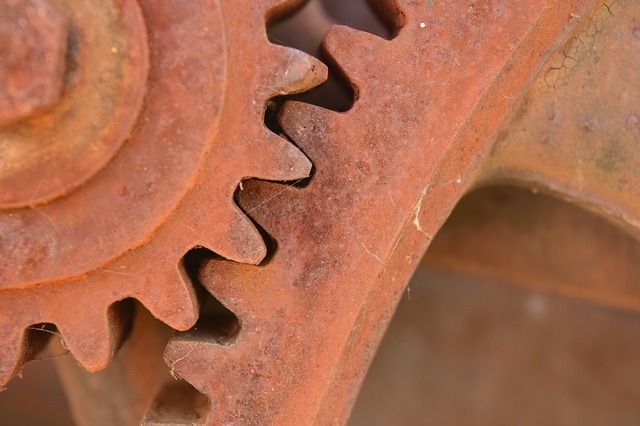Cast iron
The term 'cast iron' refers to a range of iron-carbon alloys, with a carbon content that is typically between 2 and 4%. During the Industrial Revolution, before the widespread development of the steel industry, cast iron was commonly used in a wide range of architectural applications because of to its relative affordability.
Cast iron is manufactured by re-melting pig iron along with quantities of limestone, silicon and carbon (and sometimes scrap steel). Traditionally, cast iron is melted in a blast furnace known as a cupola, but it can also melted in electric induction furnaces or arc furnaces. The molten cast iron is then poured into a holding furnace or ladle ready for casting (that is, being poured into a mould, and allowed to cool).
The advantages of using cast iron derive from its relatively low melting temperature, which increases its usability, and its good compression strength. However, it is weak in tension and bending, and will fracture before it bends or distorts. It also loses strength and stiffness when subjected to high heat.
In comparison with wrought iron or steel, cast iron is non-malleable, hard and brittle.
[edit] Related articles on Designing Buildings
- Aluminium.
- Conservation of Architectural Ironwork.
- Copper.
- Difference between cast iron and wrought iron.
- Failure of cast iron beams.
- Ferrous.
- Galvanised steel.
- Investment casting.
- Iron.
- Ironwork.
- Metal.
- Metal fabrication.
- Stainless steel.
- Stove.
- Structural steelwork.
- The Iron Bridge.
- Types of metal.
- Weathering steel.
- Wrought iron.
- Zinc
Featured articles and news
Moisture, fire safety and emerging trends in living walls
How wet is your wall?
Current policy explained and newly published consultation by the UK and Welsh Governments.
British architecture 1919–39. Book review.
Conservation of listed prefabs in Moseley.
Energy industry calls for urgent reform.
Heritage staff wellbeing at work survey.
A five minute introduction.
50th Golden anniversary ECA Edmundson apprentice award
Showcasing the very best electrotechnical and engineering services for half a century.
Welsh government consults on HRBs and reg changes
Seeking feedback on a new regulatory regime and a broad range of issues.
CIOB Client Guide (2nd edition) March 2025
Free download covering statutory dutyholder roles under the Building Safety Act and much more.
AI and automation in 3D modelling and spatial design
Can almost half of design development tasks be automated?
Minister quizzed, as responsibility transfers to MHCLG and BSR publishes new building control guidance.
UK environmental regulations reform 2025
Amid wider new approaches to ensure regulators and regulation support growth.
The maintenance challenge of tenements.
BSRIA Statutory Compliance Inspection Checklist
BG80/2025 now significantly updated to include requirements related to important changes in legislation.
Shortlist for the 2025 Roofscape Design Awards
Talent and innovation showcase announcement from the trussed rafter industry.























